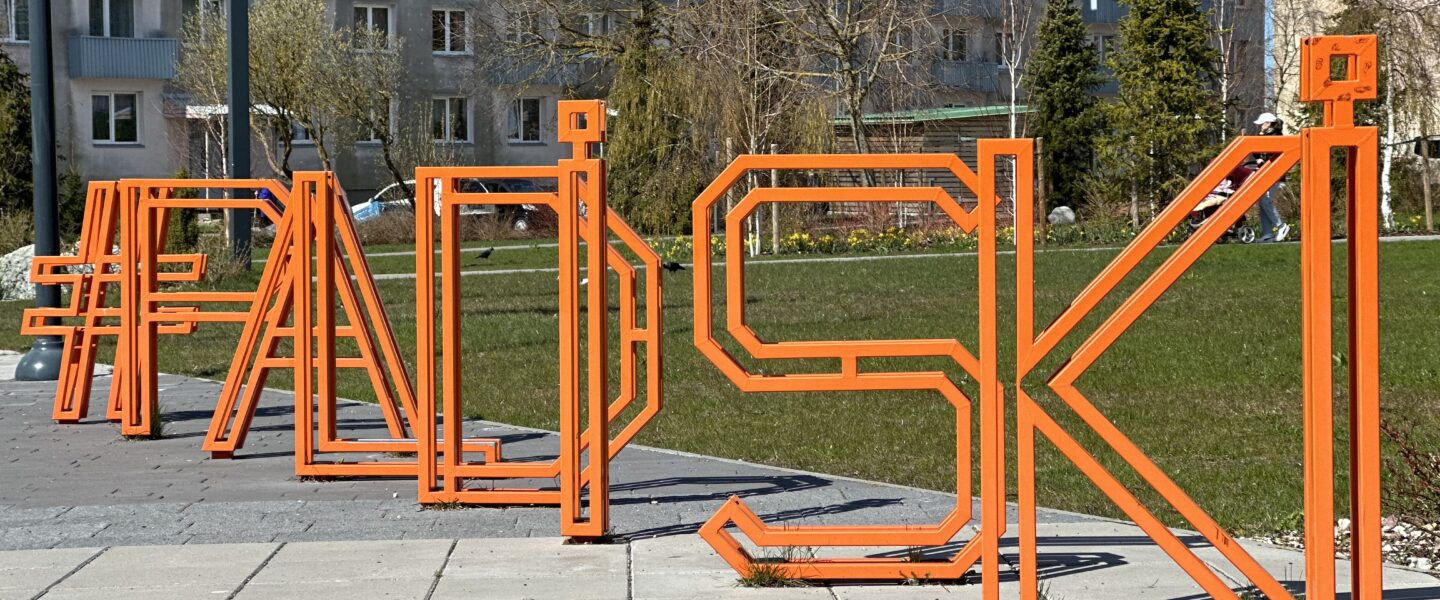
The follow-up project of the research Tallinn Old Town: Sustainable Management and Presentation. The aim of the project is to ensure the implementation and further development of what was achieved in the first period of cooperation between the Estonian Academy of Arts and the Port of Tallinn. A new topic is the mapping of the values of Paldiski, as the potential of Paldiski as a port city and tourist destination is still underutilized. Cooperation is also carried out with the other nearest port city and world heritage site – Suomenlinna sea fortress near Helsinki, and with Finnish higher education institutions, especially Aalto University.
The project will result in:
1. recommendations for presenting Paldiski as a tourist destination;
2. recommendations for sustainable and environmentally friendly management of UNESCO World Heritage Sites, including the use of modern energy solutions and valuing the natural environment in the urban space;
3. proposals for maintaining the diversity of the Old Town through strategic real estate management.
Principal investigator: Riin Alatalu
Project period: 2023-2026
Financing institution: Port of Tallinn
See in the Estonian Research Information System (ETIS)
